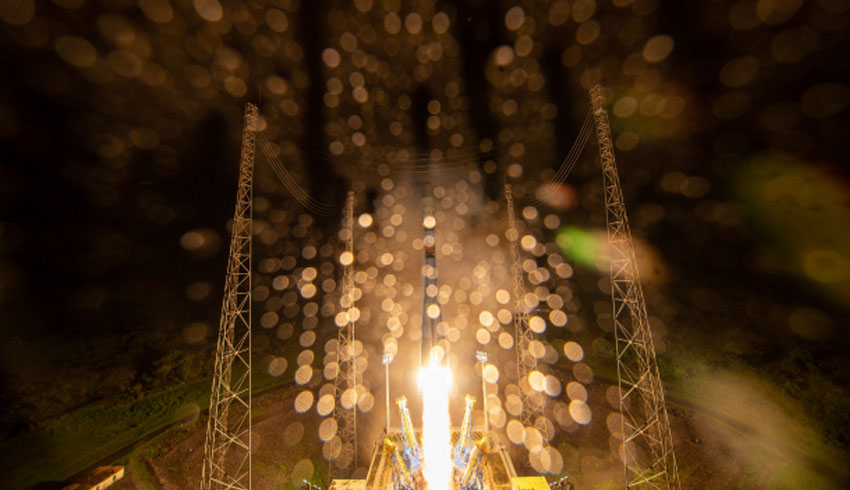Signals from the spacecraft, received at the mission control centre based at INTA in Torrejón de Ardoz near Madrid, Spain, via the Troll ground tracking station at approximately 12:43 CET, confirmed that the launch was successful.
ESA’s first mission dedicated to extrasolar planets, or exoplanets, it will investigate known planets beyond our solar system and provide key insight into the nature of these distant, alien worlds.
Scientists had long speculated about the existence of exoplanets until the discovery of 51 Pegasi b, the first planet found around a sun-like star, which was announced in 1995.
The discoverers, Didier Queloz and Michel Mayor, shared the 2019 Nobel prize in physics for their breakthrough finding, which marked the beginning of a new era of investigation and turned exoplanet research into one of the fastest growing areas of astronomy.
Over the past quarter of a century, astronomers using telescopes on Earth and in space have discovered more than 4,000 exoplanets around stars near and far, most of which have no counterparts in our solar system.
Günther Hasinger, ESA director of science, explained, "After the discovery of thousands of planets, the quest can now turn to characterisation, investigating the physical and chemical properties of many exoplanets and really getting to know what they are made of and how they formed."
This widely diverse assortment extends from gassy worlds larger than Jupiter to smaller, rocky planets covered in lava, with the most abundant exoplanet type found in the size range between Earth and Neptune.
"Cheops will also pave the way for our future exoplanet missions, from the international James Webb Telescope to ESA’s very own Plato and Ariel satellites, keeping European science at the forefront of exoplanet research," Hasinger added.
Cheops will not focus on the search for new planets. Instead, it will follow-up on hundreds of known planets that have been discovered through other methods.
The mission will observe these planets exactly as they transit in front of their parent star and block a fraction of its light, to measure their sizes with unprecedented precision and accuracy.
Cheops measurements of exoplanet sizes will be combined with existing information on their masses to derive the planet density.
This is a key quantity to study the internal structure and composition of planets and determine whether they are gaseous like Jupiter or rocky like Earth, whether they are enshrouded in an atmosphere or covered in oceans.
Cheops is the first ‘Small’-class mission implemented in the Cosmic Vision 2015-25 program, the current planning cycle for ESA's space science missions, and the first mission in the program overall to be launched.
As a Small-class mission with a relatively short time – only five years – from project start to launch, it entailed several challenges, making it necessary to use technologies that have already been tried and tested in space, and driving several aspects of the satellite design.
ESA is the Cheops mission architect, responsible for procurement and testing of the satellite, the launch and early operations phase, in-orbit commissioning, as well as the Guest Observers Program.
The prime contractor for the design and construction of the spacecraft is Airbus Defence and Space in Spain. The consortium of 11 ESA member states led by Switzerland provided essential elements of the mission.

